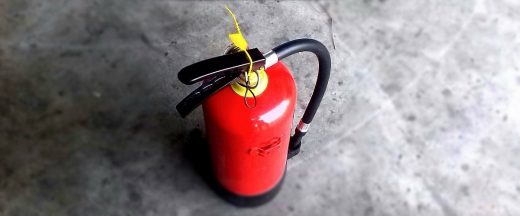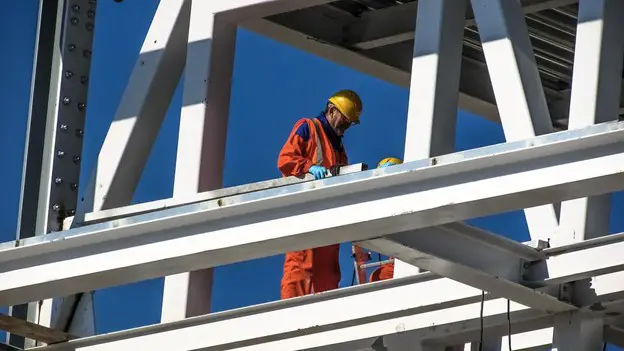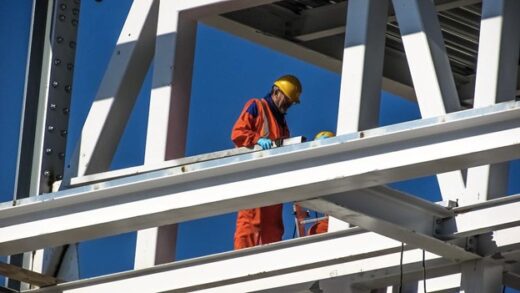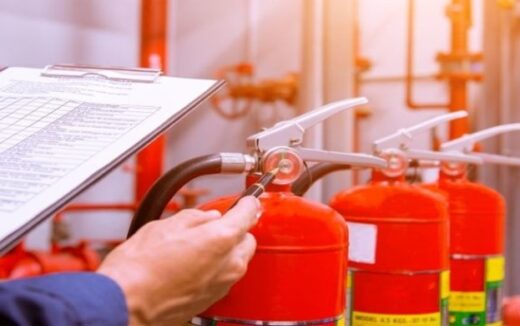Vital considerations for fire-safe buildings advice, Real estate H&S tips, Safe property guide
6 Vital Considerations for Fire-Safe Buildings
12 September 2022
When designing and constructing buildings, considering fire safety is one of the most important elements.
Here are just six vital considerations for fire-safe buildings.
1. The Installation of Fire Extinguishers
Before we look at the features of buildings themselves that help to make the structures fire-safe, it is undoubtedly worth mentioning that every building, whether it be an apartment block or a commercial building, should have easily accessible fire extinguishers that people can use in the event of a fire as they wait for firefighters to arrive.
For decades, firefighters used Aqueous Film-Forming Foam to suppress fires.
But it is now known that AFFF contains chemicals that can significantly increase the risk of people developing life-threatening illnesses like cancer, including kidney cancer, breast cancer, pancreatic cancer, leukemia, lymphoma, ovarian cancer, and prostate cancer, to name just a few.
Thankfully, firefighters now use other types of foam to control and put out fires.
Though, anyone who was diagnosed with cancer or another illness after using AFFF can now file a lawsuit against the negligent manufacturers to gain compensation.
Check out this informative article to learn more about who bears liability for AFFF use.
As for fire extinguishers that should be located in buildings, there are four classes of extinguishers that could be present:
- Class A fire extinguishers can put out fires in normal combustible materials like wood, paper, rubber, cloth, and several types of plastics.
- Class B fire extinguishers are used for fires that involve flammable liquids like solvents, gasoline, oils, lacquers, and alcohols.
- Class C fire extinguishers are only used for electrically-energized equipment fires.
- Class D fire extinguishers are used on flammable metallic substances like sodium and potassium.
2. Framed Structures
Considerations for fire-safe buildings need to be thought about during the architectural design stage.
One of the most important things to consider is the framed structure of the building.
Either reinforced concrete or steel structures can be used.
The former needs to have beams and columns that contain enough reinforced concrete to ensure maximum performance in the event of a fire. The covering should be at least five centimeters thick.
The latter can twist and distort during fires, so to prevent that from happening, steel structures need to have protective coatings of plaster or metal lath. Though, concrete, tiles, or bricks of at least ten centimeters in thickness can also be used.
3. Load-bearing Walls
Load-bearing walls are, of course, a critical part of any building. They are responsible for transferring vertical loads from beams and slabs to other structural members and the foundation.
So, load-bearing walls need to be thicker in sections in order to act as a fire barrier.
4. Doors and Windows
Seeing as doors and windows become points of escape when fires break out, ensuring their integrity during the construction stage of a building is critical.
They need to have a high level of thermal resistance and windows must be fitted with reinforced glass panels.
And doors should be constructed with metal frames to enhance fire safety.
5. Stairs
Stairs are another escape route during fire outbreaks, so it is vital that they are positioned to provide adequate means of escape and are constructed from fire-resistant materials like RCC.
Walls that are made of fire-resistant materials should also be used around staircases to further enhance safety.
6. Roofs
Ideally, a building should be constructed with a flat roof to prevent the spread of fire. That is because fires spread more quickly on sloped surfaces.
However, if a sloped roof is used, it can be fire-safe by constructing it from fire-resistant materials.
Comments on this guide to Vital considerations for fire-safe buildings article are welcome.
Fire Safety
Fire Safety Posts
Fire Safety Engineering for Buildings

How to make your house fire safe
Fire Damage Restoration and Remediation
Safety Precautions Against Home Fire
Fire-Safe Aluminium Rainscreen Cladding
Building Articles

image courtesy of article provider
Comments / photos for the Vital considerations for fire-safe buildings Advice page welcome







